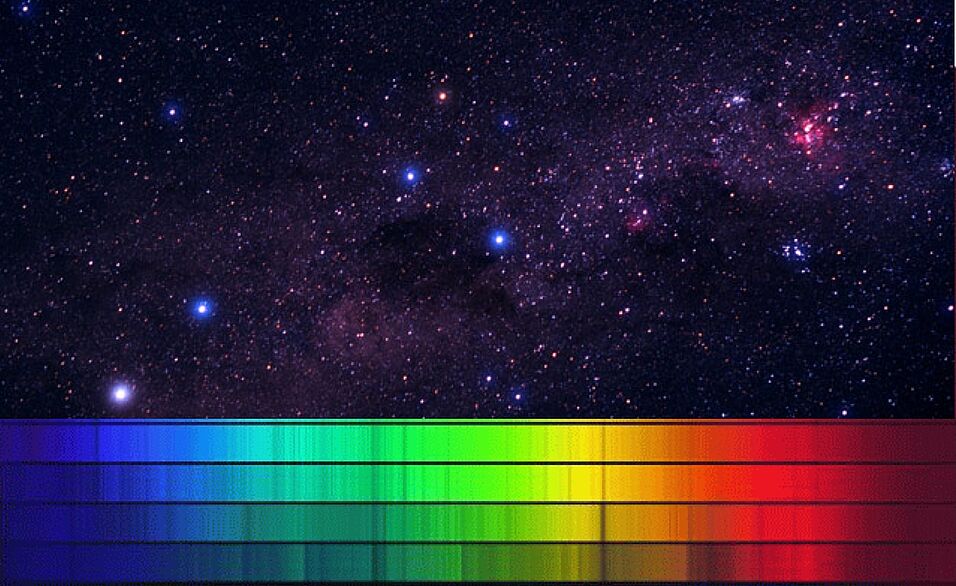Dr. Christine Nicholls |
13.05.2016
Stars come in many types, with different colours, sizes, and brightnesses. Today, we know what a star's observable properties can tell us about its temperature, composition, and life cycle, but a hundred years ago, relatively little was known about stars. The astronomers of the early 20th century began the enormous task of observing and classifying stars, in an attempt to better understand them. Such empirical science reveals patterns and trends, and the hypotheses and theories that are subsequently formed help science to progress forward. The stellar classification system we use today was developed from the system created by those astronomers a hundred years ago. I will cover the history of stellar classification up to the current system, the different types of stars and their observable properties, and some of the common tools used by astronomers to study stars.
Sprache: Englisch | Language: English
